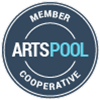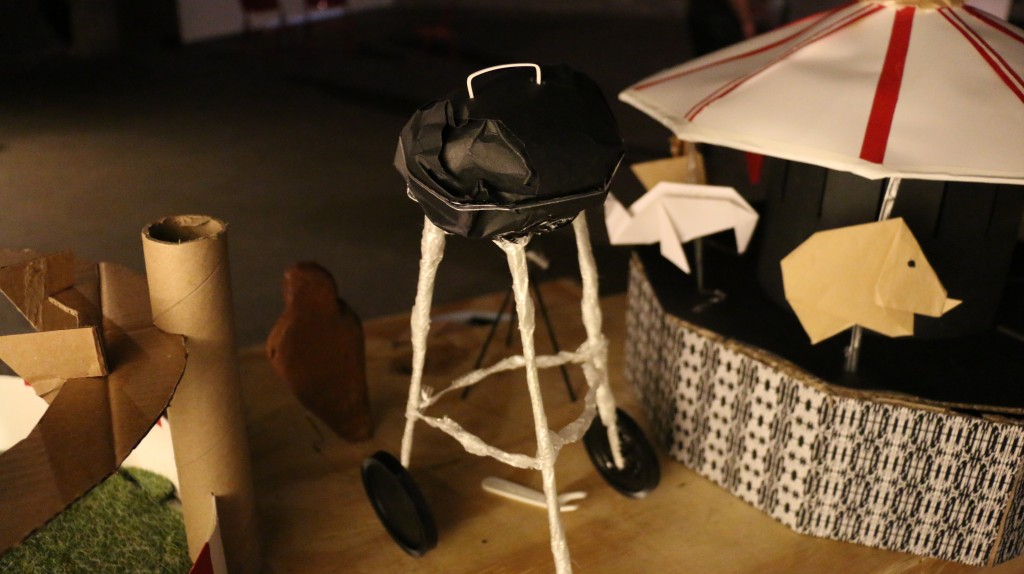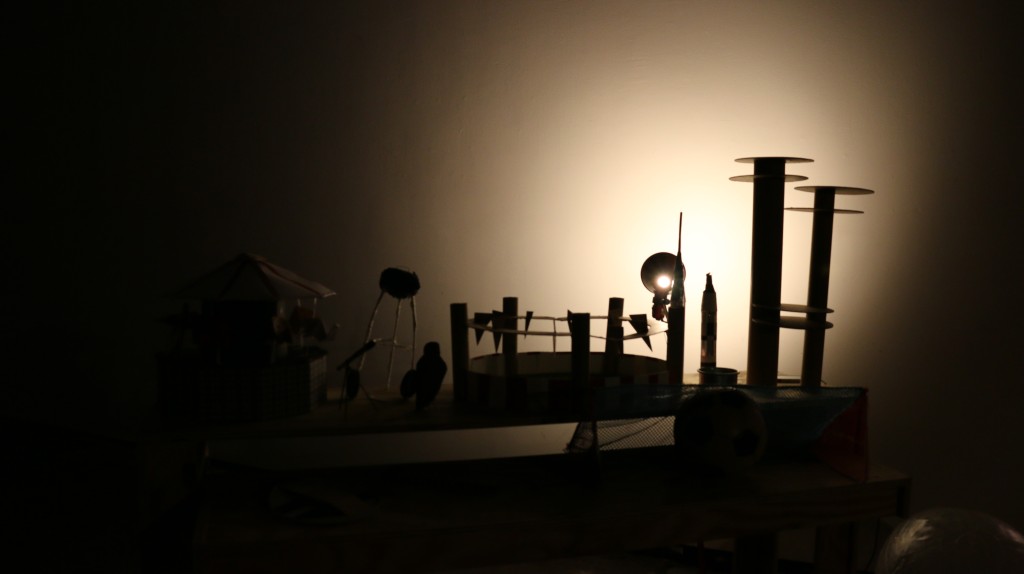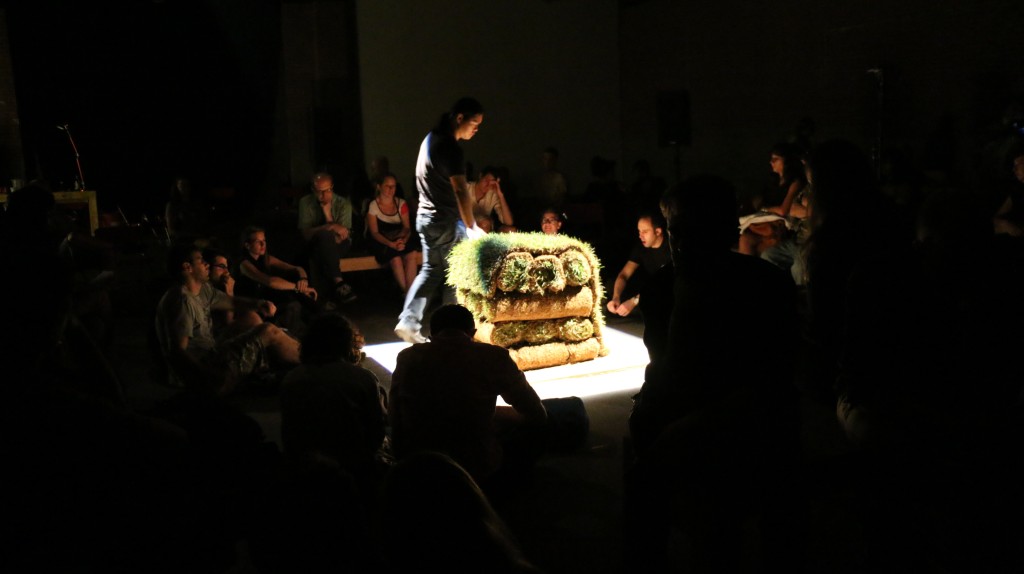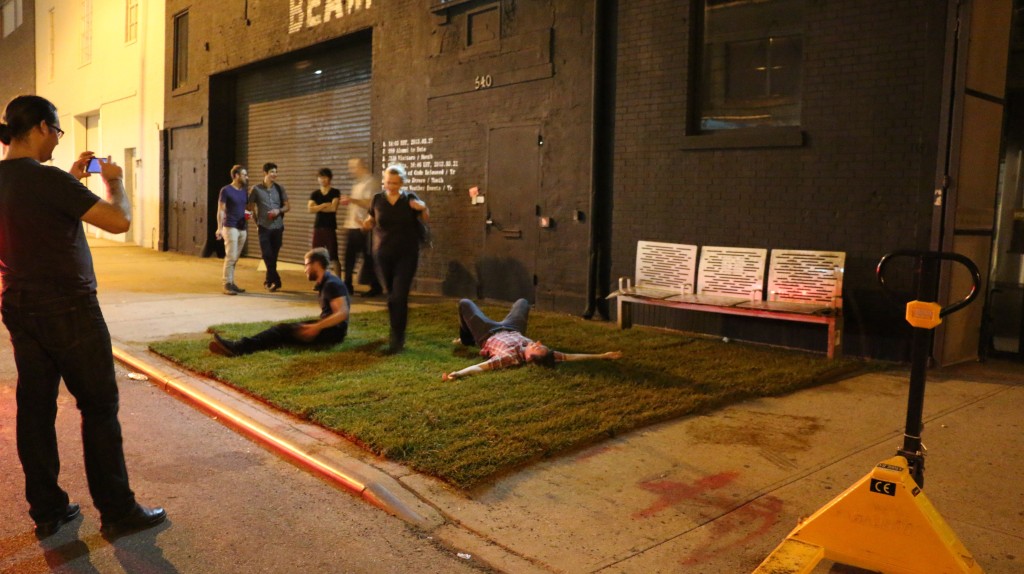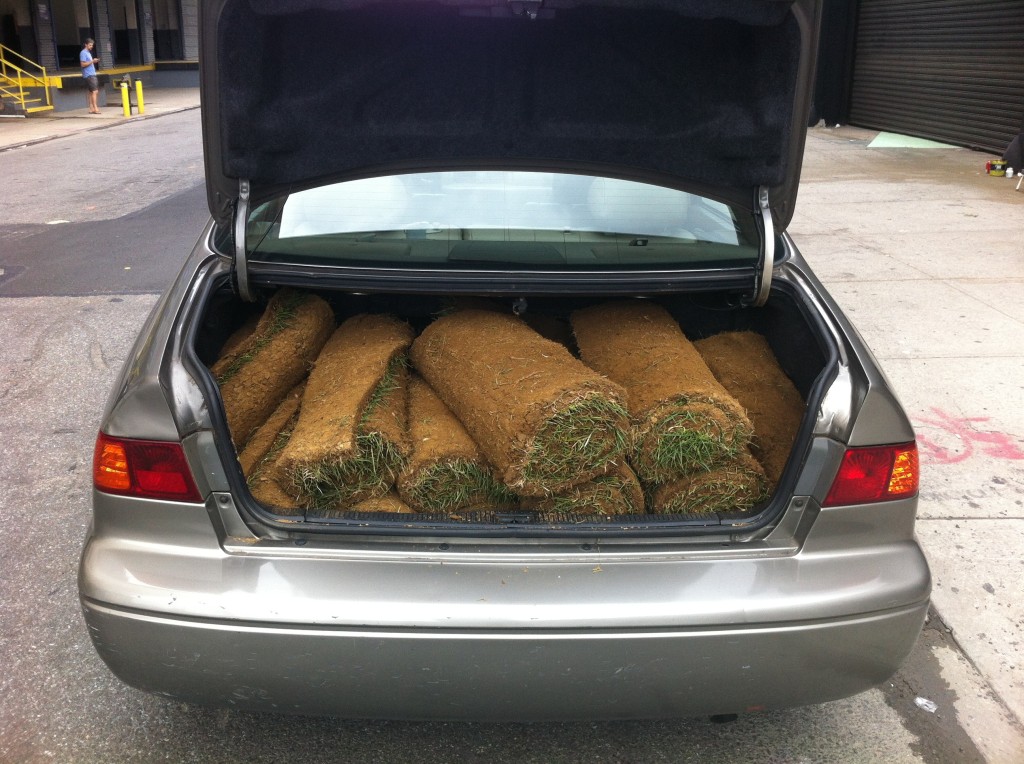
We hosted our third public program for the collaboration Through Body, Through Earth, Through Speech on Thursday at Eyebeam as part of their multichannel concert series. In preparation, we had been visiting the park and interviewing park goers about what they do at the park, favorite memories, and their visions of the park’s future.
This process was very difficult, as our group is a bit shy, but it was such a nice way for us to get to know the people who use the park in a really different way. It was amazing to talk to young people who have so many memories at the park already. My memories are also locked into many experiences of being outside, so these stories resonated with me. It was also nice to talk to older folks who remembered the World’s Fairs and had a very different history with the park.
Here’s one interview in full:
We combined snippets of these interviews with multi-channel field recordings that we have been doing in the park. Here is a rough cut:
One of our first ideas was to create these objects that we would gradually place during the performance to form a big map of the park. It seemed like a good idea! We started making the objects, but as we were rehearsing, we realized that the objects and our movements might be distracting to the larger goal of listening.
We decided to place them at the entrance to kind of ‘frame’ the space before people entered. It was an interesting revelation to have as a group because we made the objects that we had agreed upon, but after trying them out as part of a larger piece and finding that it didn’t work out the way we expected, we decided that we had to change our larger idea. It was interesting to talk to Jason about it afterwards to see what his impressions were. We were wondering if he was shocked and he said on the contrary that this in science all the time- you might spend a lot of time on a project and then find that the results don’t work out and have to throw the research entirely. Luckily we didn’t have to do that, but it was interesting to see this corollary.
Eventually, we settled on having the 8 channels of sounds play through different speakers around the space and having an area in the center for listening and space for people to wander around. We thought about the movement in terms of movement throughout space and the movement of the people vis a vis their recordings. We decided to install a large area of sod for people to lay down in the center of the circle.

The plan almost worked. We had some hiccups at Eyebeam when a person who was coordinating shows for fashion week the upcoming week had a good old fashioned hissy fit that we were putting sod down on their future catwalk. We had to scale back the installation, and Daniel Neumann, the coordinator for the event, had the idea to keep the sod rolled up, like Joseph Beuys’ felt. “It’s about the potential.”

Visitors were greeted with this spotlit wad of sod. It felt a bit like a turf worshipping event, but it was visually arresting, and there was so much tension around the grass. It seemed to beckon for people to pet it, sit on it, unroll it. I was wondering if anyone would.
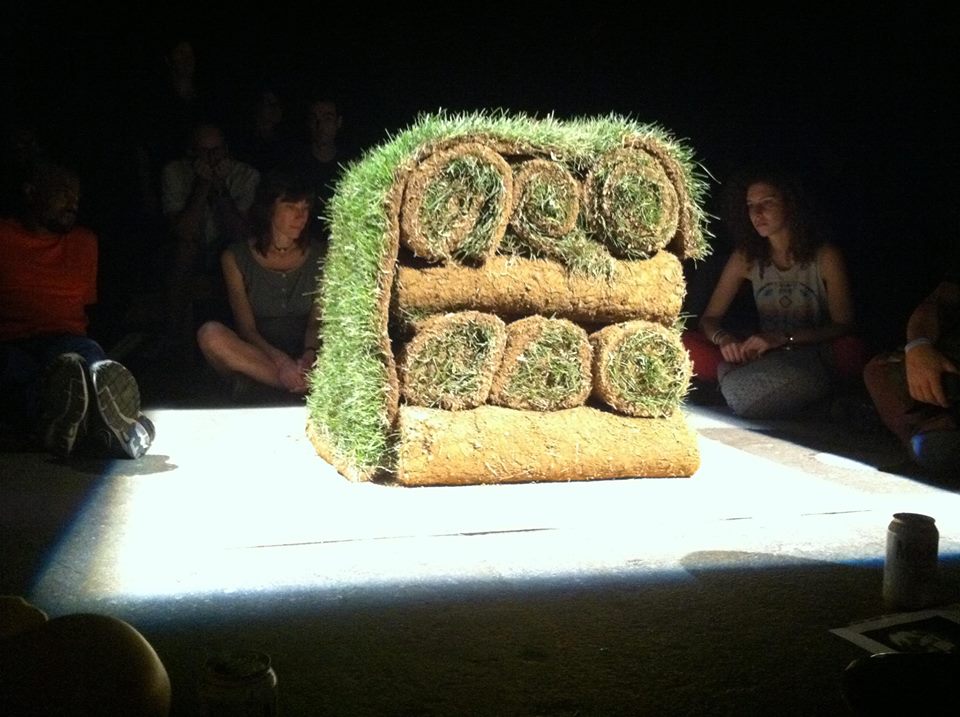
During the playing of the field recordings and interviews, we interspersed short texts that were spoken out loud through megaphones that we had made during the first Fantastic Futures performance. The text alluded to the navigation through the space by a human and a mouse and what they might be paying attention to. Altogether, the content returned to our interest in the use and misuse of space and the artificiality of the park as a natural place. So, it was really amazing when near the end of the performance, one viewer got up, walked towards the sod, and slowly walked around, passing his hand over the grass. All eyes were fixed on him. I wanted to do the same!
After the event, we were able to make the actual installation, but it had to happen outside. So, we appropriated a bench just outside of Eyebeam and made a temporary lawn. We filled it with joy for just a little bit before we had to pack it away for the night.
